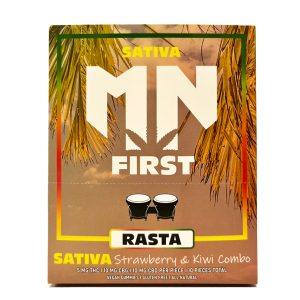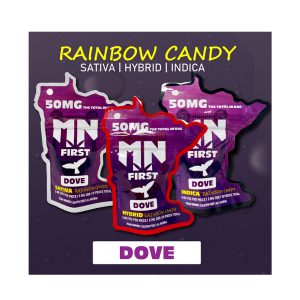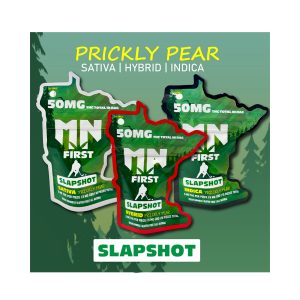Medical Uses and Approvals
– THC is an active ingredient in nabiximols, a specific extract of Cannabis.
– Nabiximols (as Sativex) is available as a prescription drug in Canada.
– In 2021, nabiximols was approved for medical use in Ukraine.
– Medical use of cannabis has a long history.
– Nabiximols was approved as a botanical drug in the United Kingdom in 2010 for people with multiple sclerosis.
– Dronabinol (pharmaceutical THC) is approved by the FDA for specific medical uses.
– Recreational cannabis use was legalized in Canada in October 2018.
– Approved dietary supplements contain minimal THC extract.
– Some veterinary health products in Canada contain THC extract.
Pharmacology and Pharmacokinetics
– THC primarily mediates psychoactive effects through cannabinoid receptors.
– THC has antioxidant activity protecting neurons against oxidative stress.
– THC is a lipophilic molecule binding to various entities in the brain and body.
– With oral administration, only about 5 to 20% of THC reaches circulation.
– Concentrations of THC and its major active metabolite peak after 0.5 to 4 hours.
– Smoking or inhaling THC results in faster onset of action compared to oral administration.
History and Legal Aspects
– Cannabidiol was isolated in 1940, and THC was first isolated in 1964.
– THC was synthesized from CBD in 1942.
– THC was classified under Schedule I in 1971, later moved to Schedule II in 1991.
– WHO recommended reclassification of THC to Schedule III due to studies.
– THC is one of three cannabinoids scheduled by the UN Convention on Psychotropic Substances.
– Cannabis is scheduled under the Single Convention on Narcotic Drugs.
– In the US, cannabis remains a Schedule I controlled substance federally.
– 38 states and the District of Columbia allow medical cannabis use.
Drug Testing and Toxicity
– THC and its metabolites can be detected in blood, urine, hair, oral fluid, or sweat.
– Immunoassay and chromatographic techniques are used for detection.
– Prolonged exposure to high doses of THC may interfere with chromosomal stability.
– Carcinogenicity of THC in heavy users remains dubious due to confounding variables like tobacco use.
Medical Research and Potential Uses
– Oral cannabis extract and THC rated effective for improving subjective experience of spasticity in multiple sclerosis.
– THC rated probably effective for improving objective measures of spasticity in multiple sclerosis.
– Oral cannabis extract rated effective in treating central pain and painful spasms.
– THC rated probably effective in treating central pain and painful spasms.
– Insufficient evidence on utility of cannabis products in treating Alzheimer’s disease and other neurological disorders.
– Ongoing research aims to detect THC in breath for drug testing purposes.
Tetrahydrocannabinol (THC) is a terpenoid found in cannabis. It is the principal psychoactive constituent of cannabis and one of at least 113 total cannabinoids identified on the plant. Its chemical formula C21H30O2 includes compounds, the term THC usually refers to the delta-9-THC isomer with chemical name (−)-trans-Δ9-tetrahydrocannabinol. It is a colorless oil.
 | |
 | |
| Clinical data | |
|---|---|
| Trade names | Marinol, Syndros |
| Other names | (6aR,10aR)-delta-9-Tetrahydrocannabinol; (−)-trans-Δ9-Tetrahydrocannabinol; THC |
| License data |
|
| Dependence liability | Physical: Low Psychological: Low–moderate |
| Addiction liability | Relatively low: 9% |
| Routes of administration | Oral, local/topical, transdermal, sublingual, inhaled |
| Drug class | Cannabinoid |
| ATC code | |
| Legal status | |
| Legal status |
|
| Pharmacokinetic data | |
| Bioavailability | 10–35% (inhalation), 6–20% (oral) |
| Protein binding | 97–99% |
| Metabolism | Mostly hepatic by CYP2C |
| Elimination half-life | 1.6–59 h, 25–36 h (orally administered dronabinol) |
| Excretion | 65–80% (feces), 20–35% (urine) as acid metabolites |
| Identifiers | |
| |
| CAS Number | |
| PubChem CID | |
| IUPHAR/BPS | |
| DrugBank | |
| ChemSpider | |
| UNII | |
| KEGG | |
| ChEBI | |
| ChEMBL | |
| CompTox Dashboard (EPA) | |
| ECHA InfoCard | 100.153.676 |
| Chemical and physical data | |
| Formula | C21H30O2 |
| Molar mass | 314.469 g·mol−1 |
| 3D model (JSmol) | |
| Specific rotation | −152° (ethanol) |
| Boiling point | 155–157 °C (311–315 °F) 0.05mmHg, 157–160°C @ 0.05mmHg |
| Solubility in water | 0.0028 mg/mL (23 °C) |
| |
| |
| | |





